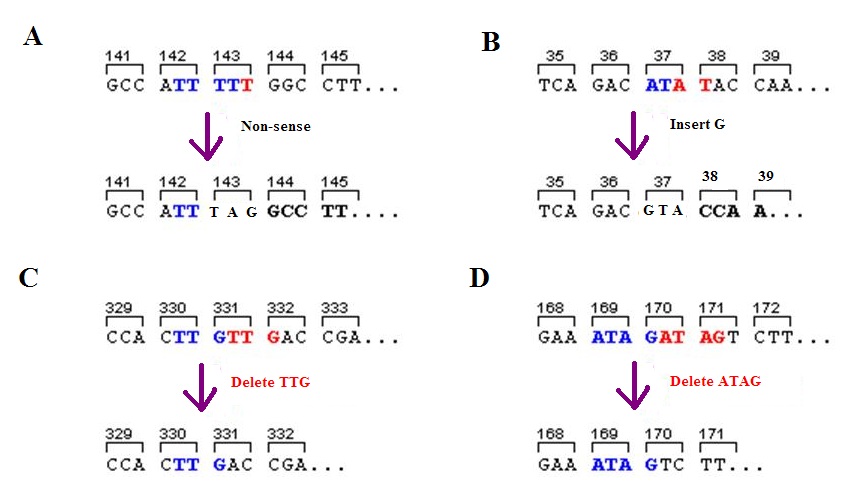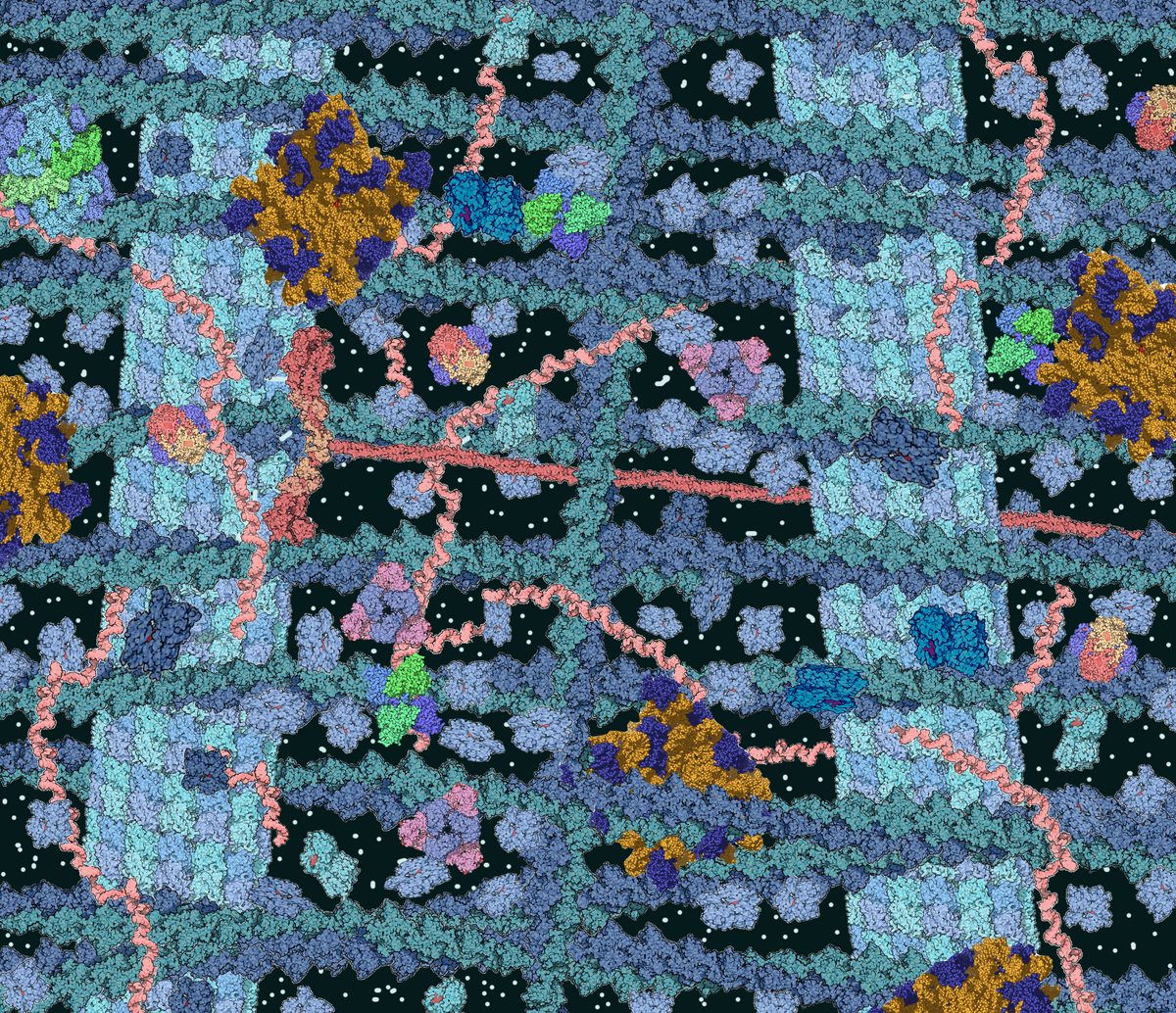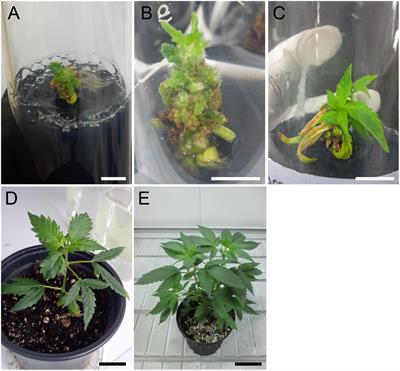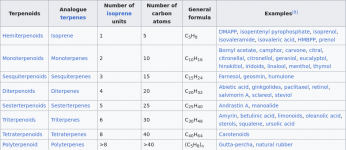acespicoli
Well-known member
How to select males based on possible linked traits. Can traits be partially linked?
Thats interesting

Sport (botany) - Wikipedia
One branch flowers male another female ?
Plants can be reversed ? So its all there the male female and herm ?

Non-Mendelian inheritance - Wikipedia
What traits visually your male plants have the terpene profile stem rubs
Internode length of male plants branch structure of the male plants column or multi branched
Potency of the male visible stalked large head glands
May be some of the traits you look for?
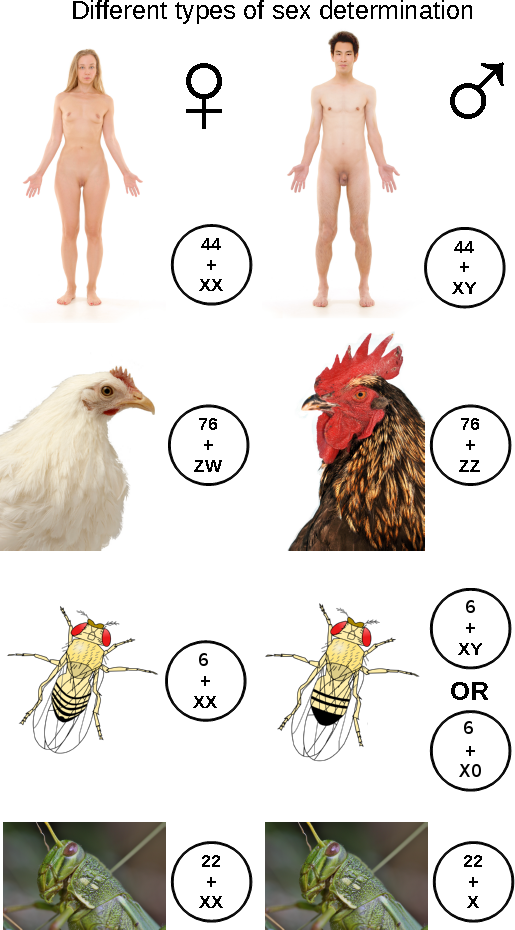
Sex-determination system - Wikipedia
How that trait you desire in the offspring can be passed in very unexpected ways
Say you male plant isnt from a ibl
Or your female isnt from a ibl

Homogeneity and heterogeneity - Wikipedia
The best breeding scheme is have different lines and each line breeds true for your pheno type
Then combine those lines until you have the type you desire
Alot of times with cannabis you get yield but lack potency
You get potency in another line and lack yield
keep two lines get a good yielder with acceptable potency those are kinda balance we work for ?

Homogeneity and heterogeneity - Wikipedia
With clones you can collect a gene and not lose those in F1 F2....
Hard to do good breeding as a hobby but not inpossible
Id suggest storing small samples of pollen form select plants in many separate cyro tubes as well
cut with flour to stretch it further







